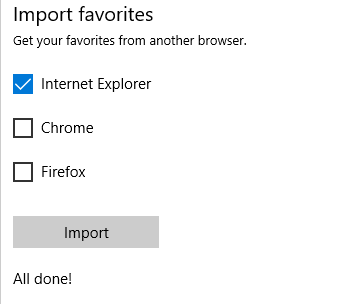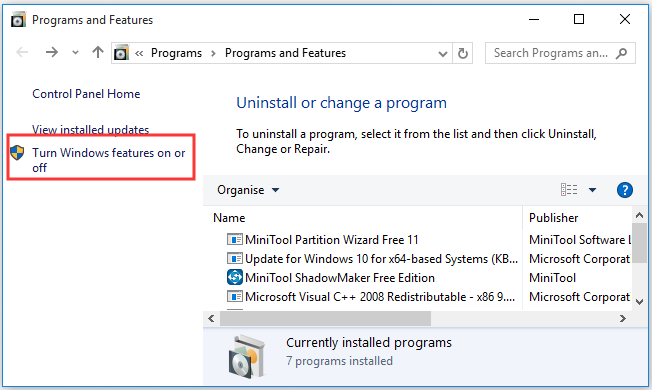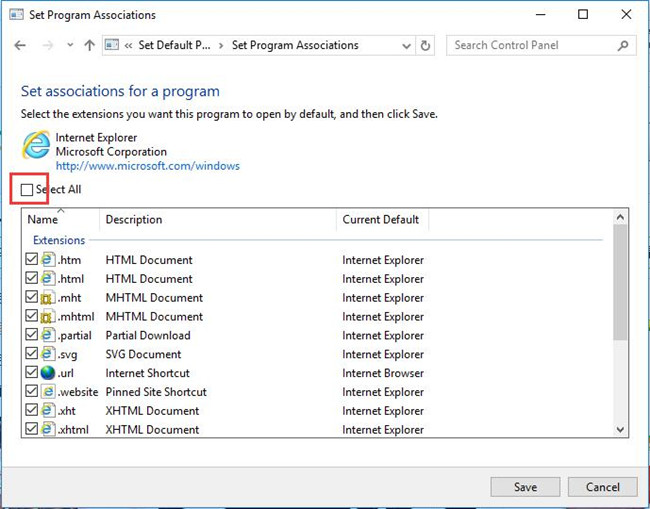


Open Internet Explorer then presses Alt + X to open Settings then click on “ Manage add-ons“.Ģ. Method 4: Enable Shockwave Flash Object in Internet Explorerġ. Once finished, restart Microsoft Edge to save changes.

If you want to disable Adobe Flash Player on Microsoft Edge then turn off the above toggle.ĥ. Next, under Advanced Settings window, make sure to turn on the toggle for “ Use Adobe Flash Player“.Ĥ. Scroll down to the bottom and click on “ View advanced settings” button.ģ. Open Microsoft Edge then clicks on the three dots (from the top right corner) and select Settings.Ģ. Once finished, restart Firefox to save changes.Īlso Read: Fix Shockwave Flash Crashes in Chrome Method 3: Enable Adobe Flash Player on Microsoft Edgeġ. If you need to disable Shockwave Flash on Firefox, select “ Never activate” from the above drop-down menu.ĥ. Next, select Shockwave Flash from the drop-down menu select “ Ask to Activate” or “ Always activate” to enable Shockwave Flash on Firefox.Ĥ. Now, from the left-hand menu, make sure to select “ Plugins“.ģ. Open Mozilla Firefox then presses Ctrl + Shift + A to open Add-ons window.Ģ. Method 2: Enable Shockwave Flash on Firefoxġ. Scroll down to “ Adobe Flash Player“, and you will see the latest version of Adobe Flash Player you have installed. To check if you have the latest Flash player installed, navigate to chrome://components in Chrome’s address bar.ĥ. If you need to disable Adobe Flash Player on Chrome then turn off the above toggle.Ĥ. Make sure to turn on the toggle for “ Allow sites to run Flash” to Enable Adobe Flash Player on Chrome.ģ. Open Google Chrome then navigate to the following URL in the address bar:Ģ. Method 1: Enable Adobe Flash Player on Chromeġ. Make sure to create a restore point just in case something goes wrong.


 0 kommentar(er)
0 kommentar(er)
